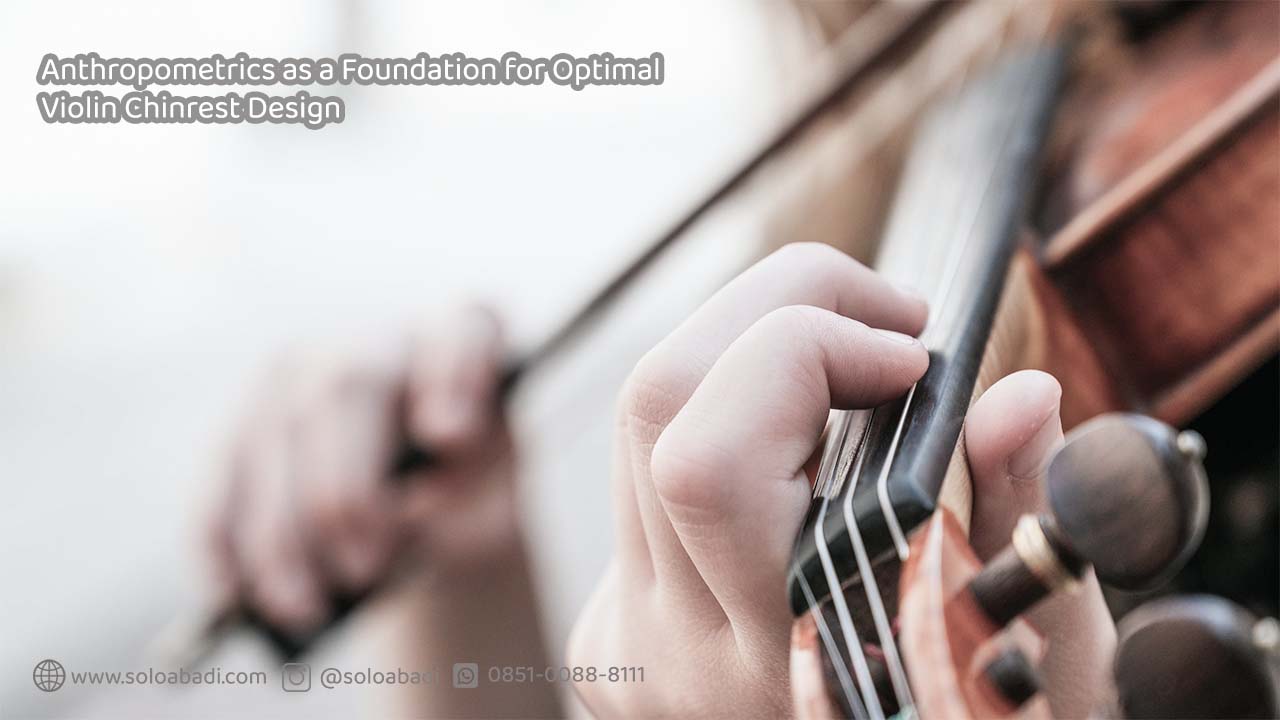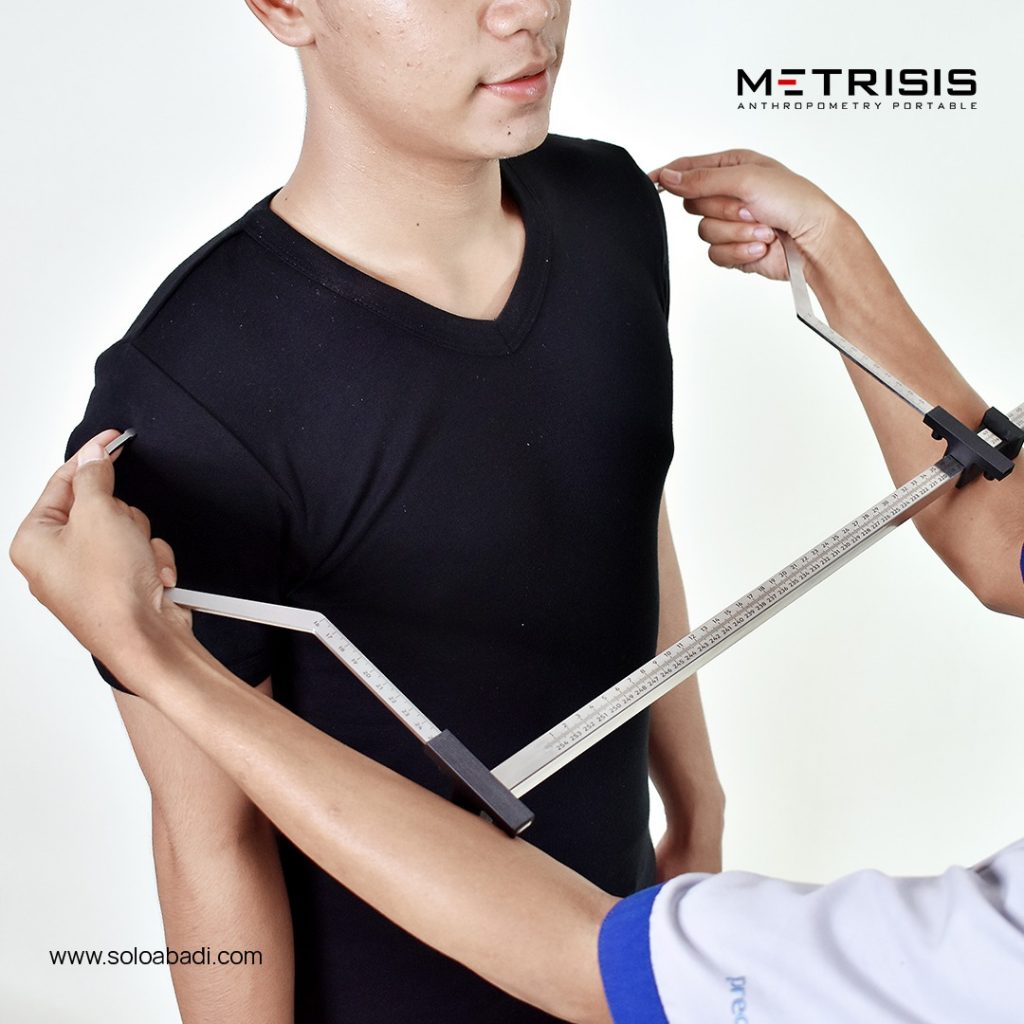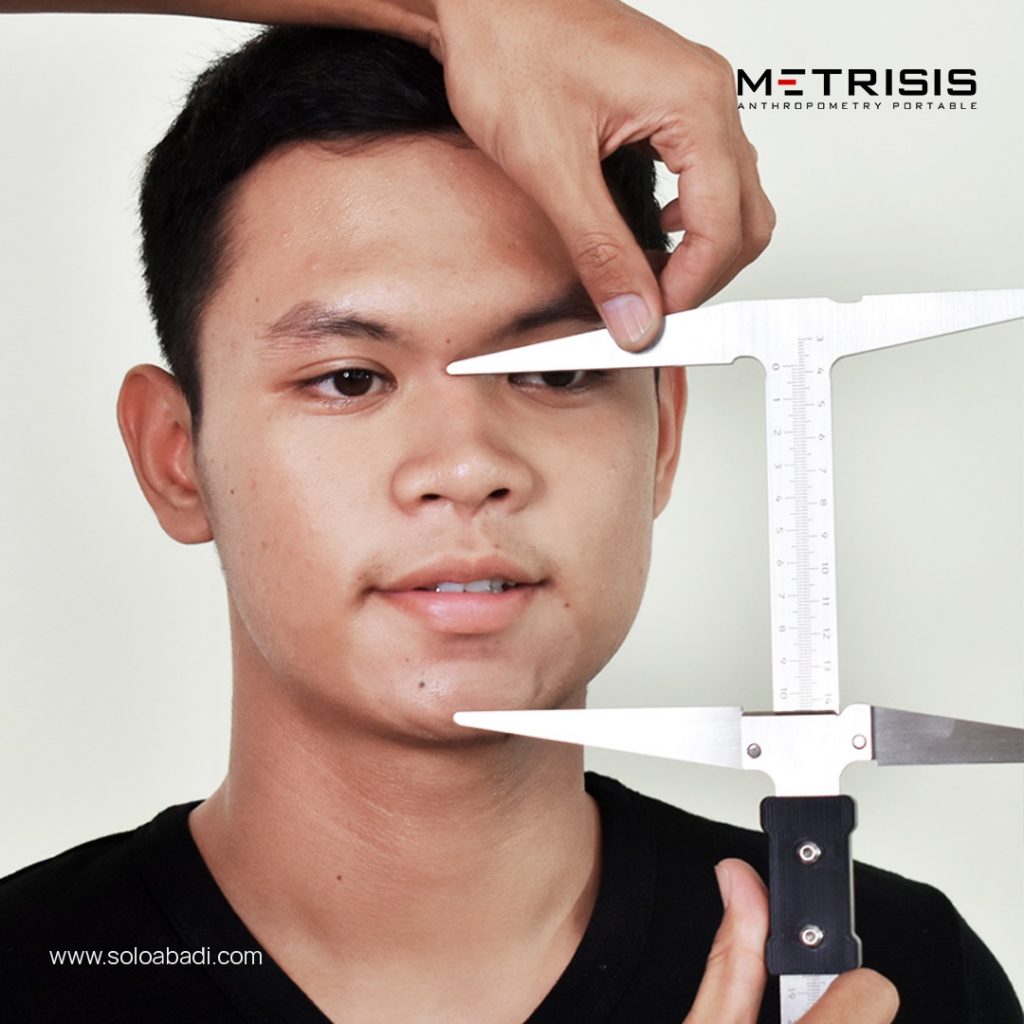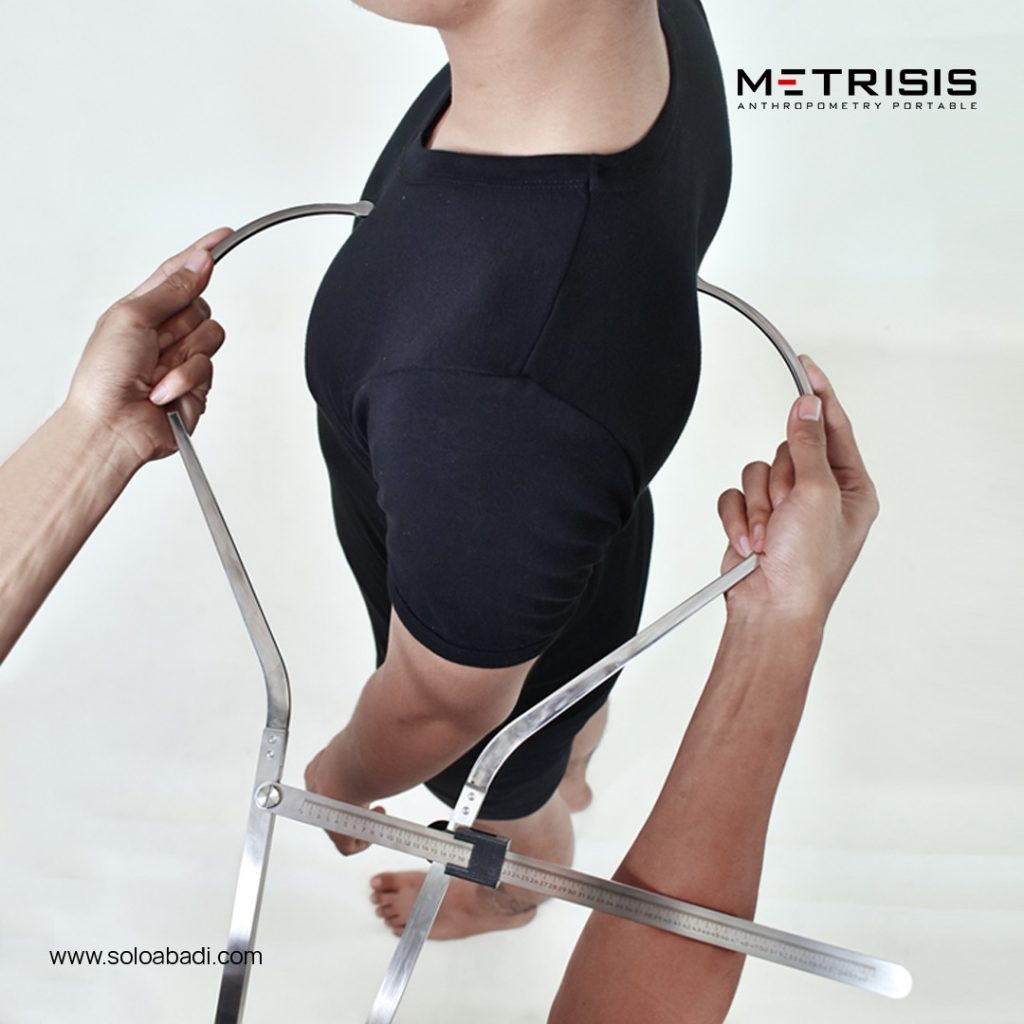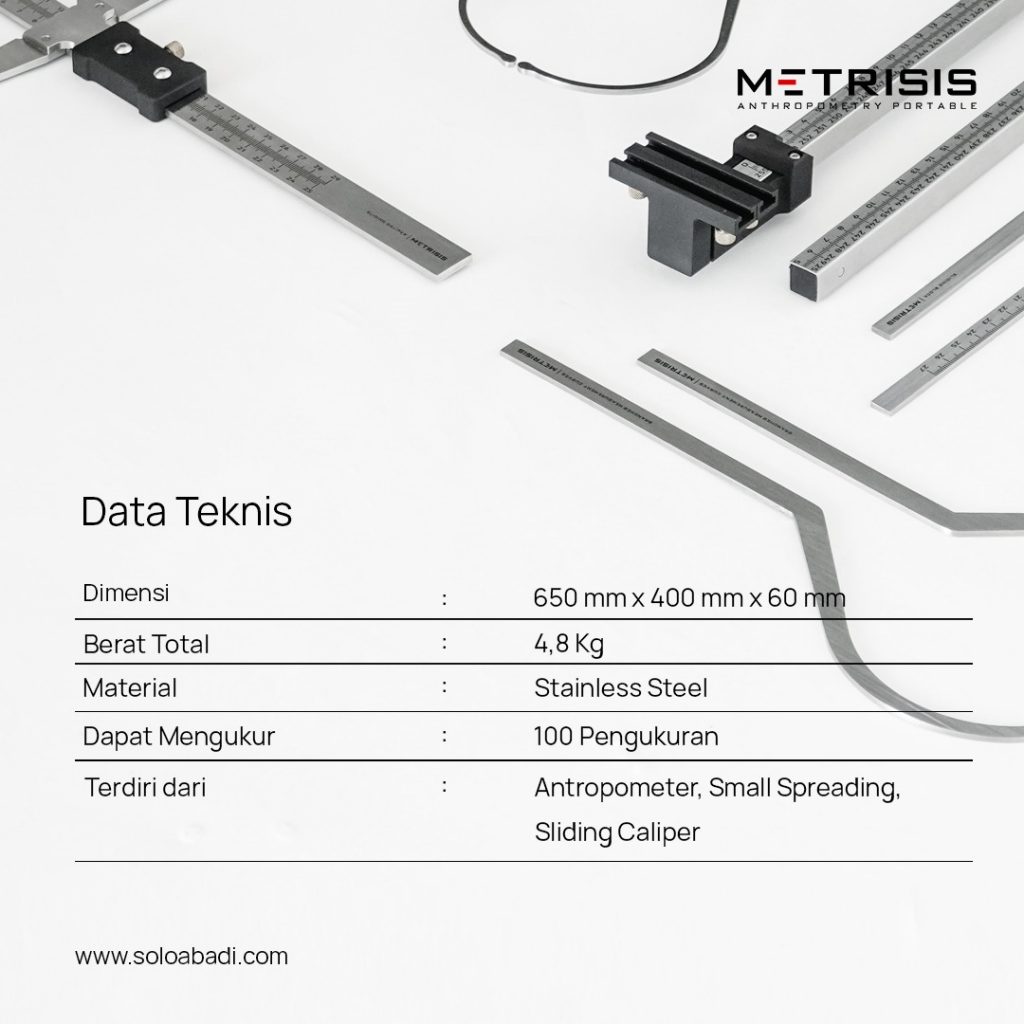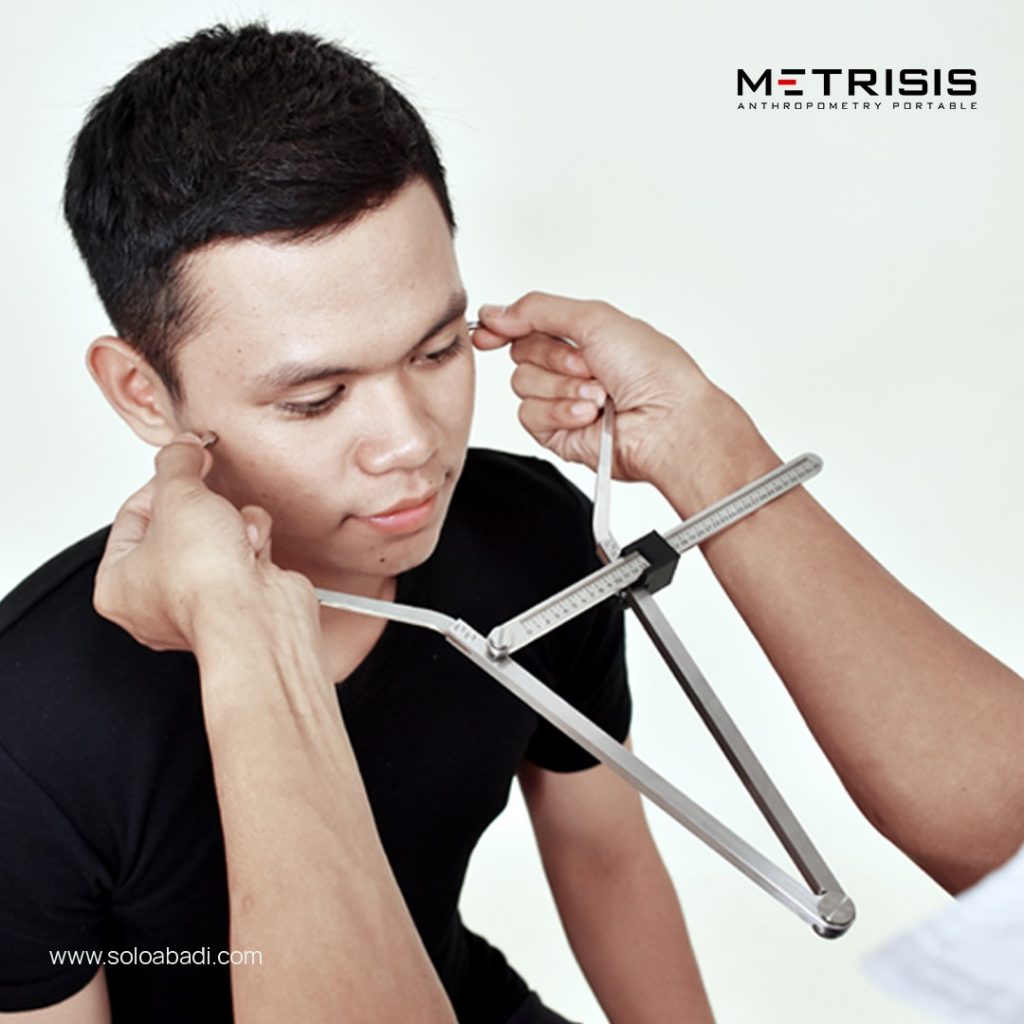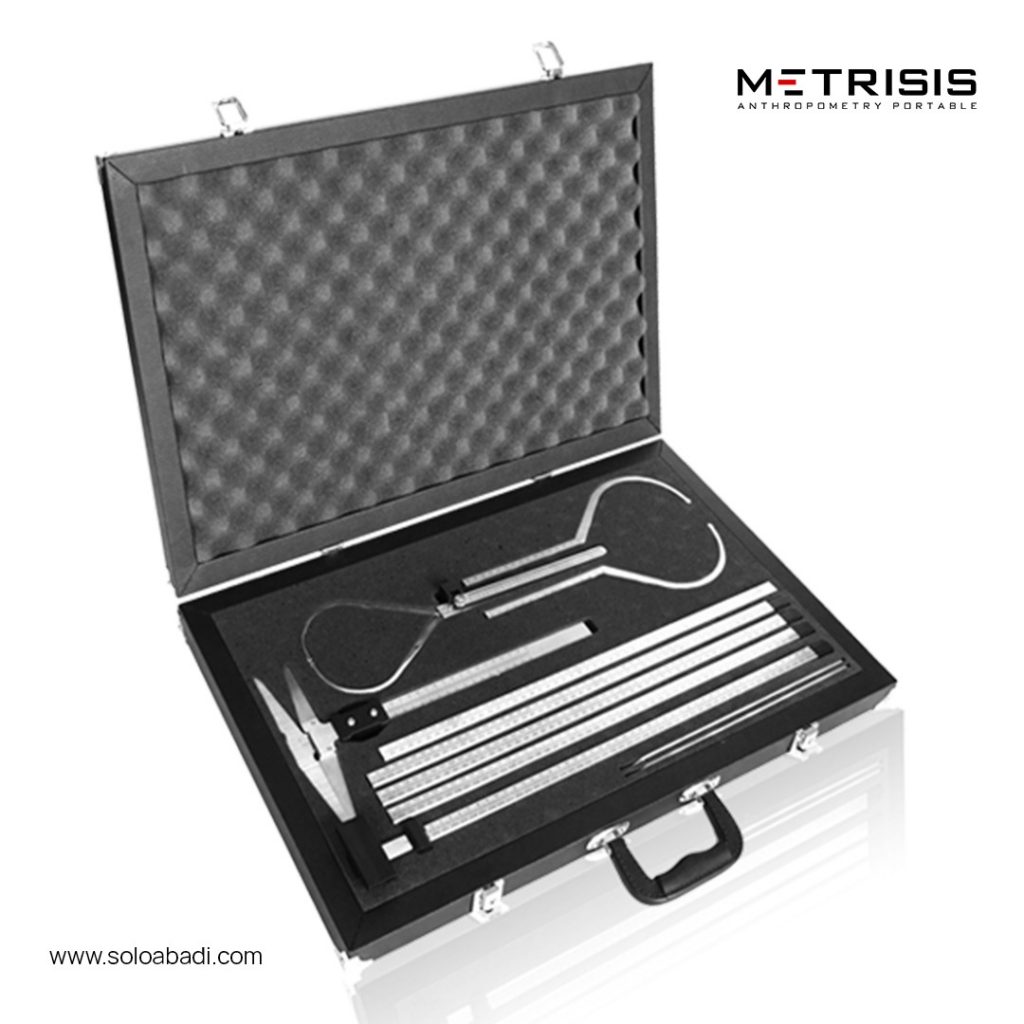
The violin has been a popular instrument since 500 years ago by Andra Amati (Ranelli et al., 2011). When playing the violin we need to hold it horizontally and parallel to the ground. To be precise, the violin will be placed between the left side of the violinist’s chin and shoulder. Violinists usually use a chinrest as a tool to play their violin, so special attention is needed when designing it.
It may be hard to imagine that this musical instrument with a beautiful sound often causes discomfort and even pain on the left side of the upper body, neck, shoulders, and temporomandibular joint (the joint that connects the lower jaw to the skull). Violinists seek optimal violin positioning for many reasons:
- Stabilizes the violin held between the jaw and shoulder
- Reduces strain or musculoskeletal discomfort
- Gives more freedom of movement to the left hand
Therefore, currently, many violinists are creating ergonomic equipment, one of which is a chinrest that can be adjusted to suit the user.
What is Chinrest?
A chinrest is a tool specifically designed to help a player’s jaw or chin posture when playing the violin. The chinrest is usually made of wood or plastic in a concave shape to provide comfort and stability when the violinist plays the violin. Initially, chinrests were made of wood, but not everyone can use chinrests made from this material. Many people are allergic to wood, which causes the skin to become red and even itchy. The solution is to replace or look for a strap made from hypoallergenic composite material.
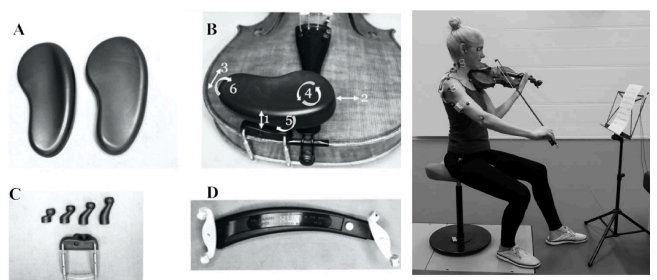
In the world of violin, chin rests play an important role in supporting the player’s posture and comfort. The development of the chinrest was initiated by German composer Louis Spohr, who contributed ideas for improving violin performance techniques. Chinrest adjustments play a crucial role in reducing the risk of injury and increasing player comfort.
A designer needs to realize that each violinist has a unique facial and neck structure. Therefore, optimal violin chinrest design must take into account individual anthropometric variations. Several things that can be considered when designing a violin chinrest by paying attention to anthropometric measurements include:
1. Violin Chinrest Height Must Be Appropriate: This can be done by measuring the distance between the violin player’s chin and shoulder.
2. Chinrest width must be appropriate: this can be done by measuring the width of the violinist’s shoulders
3. The length of the jawbone must be appropriate: this can be done by measuring the width of the violinist’s jawbone
By understanding some of the anthropometric measurements above, you can create products that suit several types of violin players.
Anthropometric Measuring Tools to Support Optimal Violin Chinrest Design
In determining body dimensions, there are various tools available to measure the human body. Solo Abadi is a manufacturing company that produces portable anthropometric measuring instruments, one of which is Metrisis.
Metrisis – Portable Anthropometric Kit is a portable human body dimension measuring tool. This tool is equipped with several devices that allow users to take accurate measurements. Even metrisis has the ability to measure up to 100 dimensions of the human body. Another advantage of this tool is its ability to be carried anywhere easily.
Get the Portable Anthropometry Kit from Solo Abadi now by filling in the available ask-for price. You can also contact us directly via WhatsApp because we are ready to contact you immediately.
This article was written by Veronica Putri Ning Nugraha, a student of the Polytechnic ATMI Surakarta, in the Manufacturing Design Study Program.

